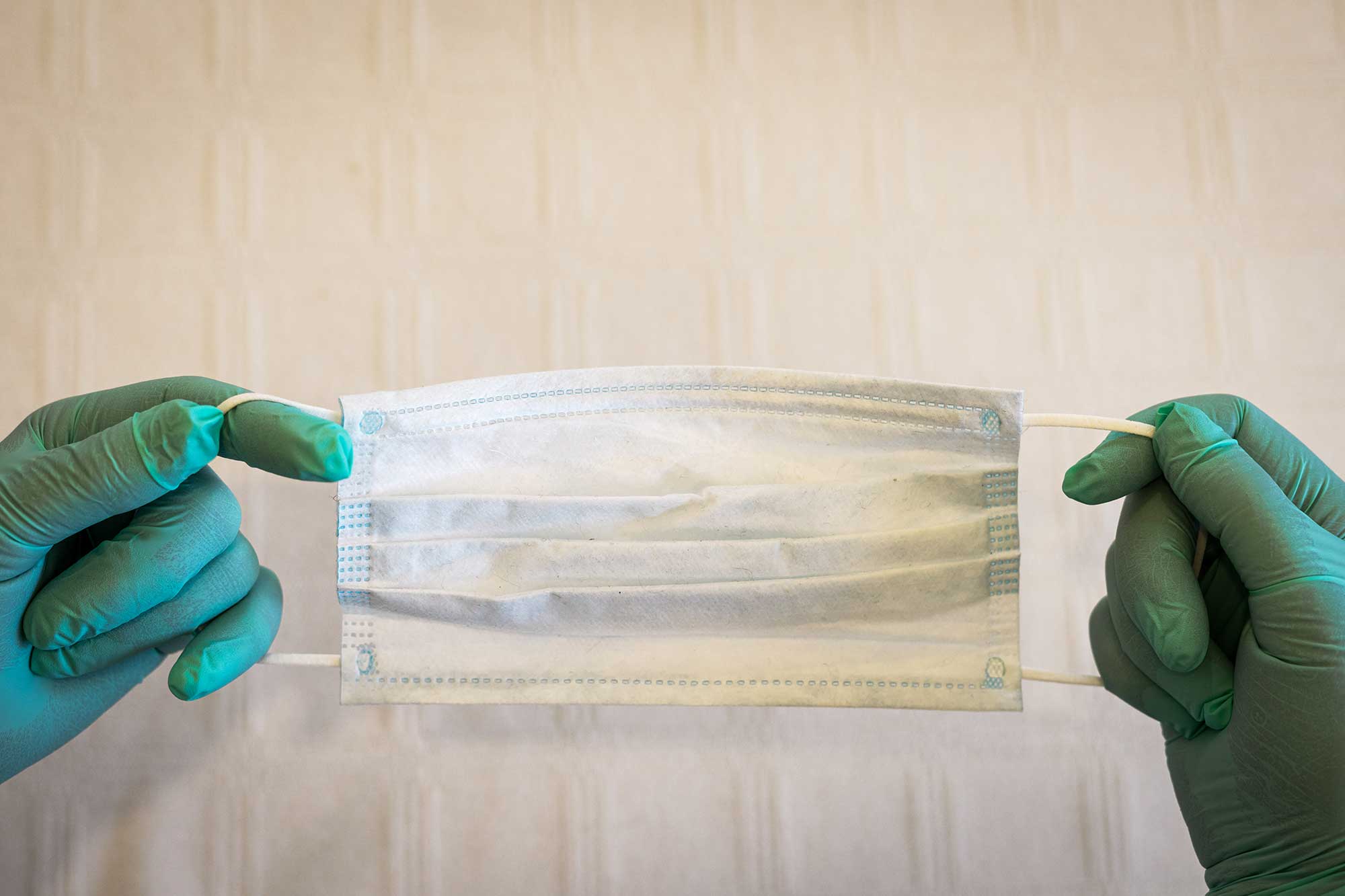 Dr Michael Heffernan takes a look at the current requirement of a 60-minute fallow period in England in the face of COVID-19 – and asks, is it really necessary?
Dr Michael Heffernan takes a look at the current requirement of a 60-minute fallow period in England in the face of COVID-19 – and asks, is it really necessary?
As dentists we are so used to “doing” that the imposed fallow period feels like an eternity. So take five minutes and let’s look at the situation we’re in.
I have just completed an aerosol-generating procedure (AGP). Now, I have to wait an hour to allow droplets to settle before re-entering and disinfecting the room, a further 30 minutes. This makes good sense for the safety of my patients and staff.
But let’s look at the letter from the British Association of Private Dentistry (BAPD) to Public Health England (18/6/20). It highlights how the UK is a massive outlier in the requirement of having such a long fallow period in comparison to other countries with similar population densities and COVID-19 experiences.
Mental anguish
All have either no fallow period or 15-20 minutes. BAPD requested a change in the current approach in the UK to 30 minutes fallow time. It cited a lack of scientific evidence, the mental anguish it is causing dental professionals and the impact on access and delivery of care to patients.
Our experience so far in private dental practice is our treatment capacity is running at 30-50% of its normal rate. Hygienists are extremely limited. The profession faces staff redundancies and private practice closures.
In NHS dental practices, there is a requirement to complete 20% of contracted work, but fewer patients will lead to a backlog of dental need and missed opportunities to detect oral pathology early.
Assumptions need revising
In USA, the 15-minute waiting period between appointments was removed by the US Centers for Disease Control and Prevention (CDC). This is at a time that its seeing increasing spikes of COVID-19 infection. To understand how this has happened, we need to read further into the assumption by the CDC that 15 minutes is unnecessary as there has been no clusters of transmission in the dental setting and that transmission is via droplets.
However, events and evidence with the COVID-19 pandemic moves quickly and the CDC assumptions may need revision. This week we have seen the World Health Organisation (WHO) accept there is risk of airborne transmission along with droplets.
It has been known for some time that the COVID-19 virus can remain airborne for several hours in an indoor environment. A recent study has found evidence that viable COVID-19 particles can stay in the air for 16 hours after aerosolisation. This demonstrates a greater airborne propensity than SARS-CoV and MERS-CoV.
Transmission through speech and breathing
It has also been determined that the virus can be transmitted through speech and breathing. As opposed to just coughing or sneezing. The virus attaches itself to moisture which when exhaled through the mouth or nose evaporates, leaving the virus free to float in the air. The virus can then, in turn, be inhaled or enter through the eyes of others present in the same indoor area.
As the authors in the Lancet explained: ‘To separate droplet and airborne transmission is probably somewhat artificial. Both routes are most likely part of a continuum for respiratory transmissible infections.’
(https://doi.org/10.1016/S0140-6736(20)31183-1)
Are we left in fallow-limbo giving up vast expanses of clinical time or are there any tips on how to reduce the risks? To answer this, I approached Phil Kennedy (managing director) and his experts at Eschmann Technologies Ltd. Their practical advice can’t be faulted:
‘Utilise technology that disinfects the air, reducing the level of bioburden within the room. One that runs continuously and does not emit any harmful by-products (ozone) or uses filters to merely trap pathogens and, therefore, become a breeding ground. One that has been tested to destroy SARS-Cov-2, the virus causing COVID-19.’
‘Great,’ I say, ‘let’s buy four of them for all the surgeries!’ BUT, as a caution Phil counsels: ‘There is as of yet no hard evidence to say when using a device to disinfect the air, the fallow time can be reduced. But the suggestion is that it could be. An air disinfection unit will also reduce the amount of bioburden on surfaces in the surgery, making cleaning easier and quicker.’
Science moves on
The FGDP published their practical guide (Version 1.1) on 16th June and they have been clear in the measures that might be used to adjust the fallow period from 60 minutes such as:
- Type of procedure carried out
- Length of AGP
- Dimensions of the room
- Methods of ventilation
- Use of rubber dam and high-speed aspiration.
But again they acknowledge the science is moving on and so revisions are necessary as we learn more.
Dentistry has moved on so much in a few months. But I still wonder at the thought of us around the world working in bubbles of fallow-ignorance.
Are we missing something here? Particularly if transmission is so ubiquitous, is there an alternative to fallow and buckets of bleach? Should more responsibility be given to our routine patients who need and want treatment to isolate before attending dental appointments, as they would for other necessary medical procedures? Urgent dental emergencies could continue to be seen under the current fallow regime as they could not isolate. Could we accept regional low levels of infection rates and track-and-trace technology to reduce fallow times?
I guess the BAPD would say that’s where all the other countries have got to. They allow their dental practitioners to make responsible decisions based on their risk assessments. So should the fallow time in the UK have greater flexibility?
Dr. Mike Heffernan is a specialist in prosthodontics. He is also a Harley Street dentist and co-founder of Dr. Heff’s Remarkable Mints, the dental health supplement developed by dentists.


